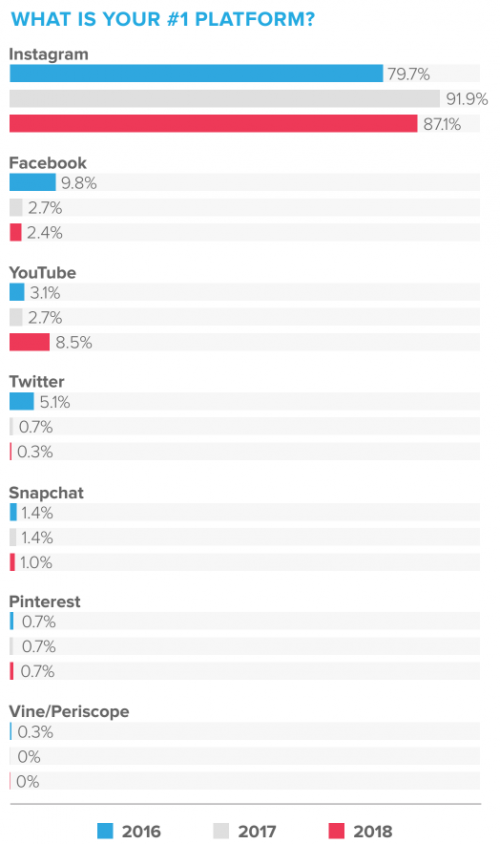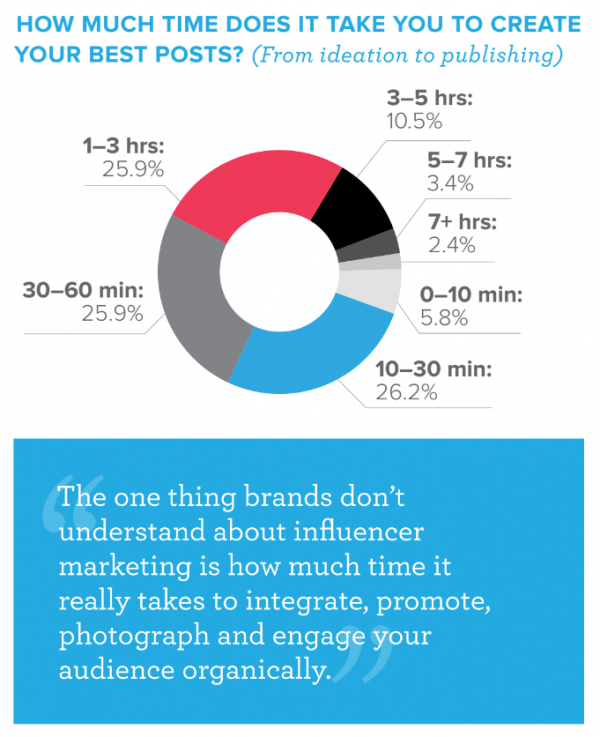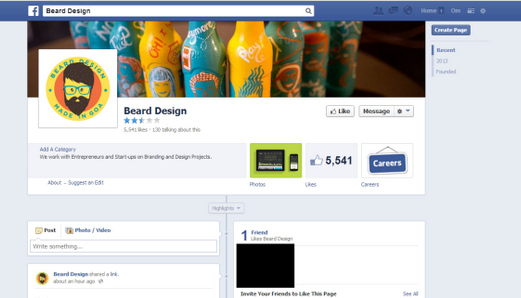Selling through social media has always been a challenging business. However, all brands and companies we have spoken to in 2014 wanted to turn around Social Media from a brand reputation channel into a sales opportunity touchpoint.
Obviously, many of the companies had already failed. Most of them as they were either too greedy, or just not prepared to go in a bar without expecting someone to sell them a drink – or respectively, to buy their products and services after the brands or companies have posted their first status updates. In my eyes, it is time to shift expectations and start anew. 2015 should not be your year of sales disappointment, it should become your year of redefined engagement.
All companies aim for the same goal. Customer engagement is what companies are waiting, hoping and praying for. Thus, they pump out tons of content pieces from their latest brand sponsoring activities to the best white papers and case studies they can offer until they cannot find any content piece in their PR or marketing repository that has not been shared across the globe. And by accelerating the content via Facebook, Twitter and the likes, they expect their KPIs to become real.
And then, the guys from SocialFlow conducted a study in summer last year. analyzed organic posts with almost 1.5 billion social actions, showing them 99 percent of those updates on Twitter, Facebook, and Google+ create little to no engagement at all. Did brands use engagement the wrong way? Where their tactics bad? And if so, what were the obstacles they did not obey?

Let’s look at the following three tactical approaches. Ask yourself if you really follow the three rules of engagement.
1. Engagement: Think cross-department, cross-partners and cross-employee
Companies still tend to be structured in silos. Internal politics, department thinking and career ambitions rule out what could be replaced by community engagement, employee engagement initiatives or engagement incentive plans. Still, most responsible managers don’t know or forget how networking inside the company and with all external forces like resellers, retailers and partners might might leverage selling opportunities.
Now, whether it is limited digital capabilities of employees or the HR department that is often only involved in social media in terms of setting up social media guidelines, companies should start realitzing that their social media manager is not the company’s silver bullet. HR and marketing need to align forces and work closer together: Culture, relationship building and trust creation is not only a sales business which got nicely highlighted by a study from Altimeter at the end of 2014.
Setting up processes, programs and platforms that work towards a common goal, that get updated by various minds, by different perspectives and manyfold views attracts the engagement of more customers. The formula is easy and proven: More brains can be in more conversations and generate more engagement.
2. Engagement: Learn cross-platform, from “free-meal” to „pay-for-play“
Companies and brands seem to accept that social media is not a „free-meal“ any longer by investing in consulting companies to help transforming their social media efforts into social selling enagement. Facebook is leading in driving engagement to brands according to Simply Measured’s 2014 Facebook Study which analyzed the Interbrand Top 100 Global. Photos accounting for 77% of total engagement, and link usage to around 16%.
However, brands still haven’t respected the fact that getting people to listen and read their marketing messages by posting in social media is changing dramatically. When Facebook turns the algorithm into “less promotional” this year, companies need to start redefining how they approach their customers more subtile. Even if they will be addressing them with building clusters (or circles), contacting them via the „@name“ phenomenon or hashtags. The wording needs tob e chosen carefully, and we can be sure other networks will follow that example.
Thus, the next big thing will be the shift from investing in traditional media to spending more money in platforms that leverage social networking engagement. Products like the LinkedIn Sales Navigator or individual targeting through the combination of data analytics and marketing services, will become the new sales kid in town. Where marketing and media decision makers have invested in nebulous target-group definitions, social networks can cluster target-groups by their individual interest in content, in pictures or in videos.
The only shame is that smart data (and especially media and sales data exchange) across platforms does not work yet. So, banners and sponsored posts will continue to haunt customers although they have already bought a product or service a banner promotes to them. Clever managers invest in blogger programs, in brand advocates and loyalty programs to drive up and cross-selling opportunities. Don’t just think about content!
3. Engagement: Understand cross-quality values
Just to make this clear from the beginning: A LIKE is not only a LIKE, like a Retweet, Repin or Reblog is not just a meaninglesss interaction of some lazy engagement. In many seminars, we see marketers that still center their KPIs around quantitative engagement figures while under-estimating the chances that are covered behind such „automated“ customer interactions: joy, interest, passion, emotions, etc..
Clever sales people use such quantitative engagements for profiling their customers’ habits, experiences and interests in their social CRM database or sales management systems. They value every single customer engagement as they know when to turn quantitative into qualitative engagement, and how to turn it to their favor in meetings, calls and conversations. Knowing that a client has liked a shared golf or football video can be the start of a long-term relationship and open up doors for introductions to others.
Customers will be happy if they get good content to share with their own peers and community. They appreciate the dedication (seasonal content), commitment (consistency of service) and the quality of engagement (high interactivity) that brand accounts offer to them according to a study by the Engagment Labs. Appreciation, well-understood from customers and companies, is the key to social media engagement.
Spot On!
The link between customer engagement and employee engagement was not only proven in a study by Answers Corporation lately. In many examples with customers and experts have we experienced that social media engagement is not rocket-science, however the process of setting it up plus using and finding the right technology is a challenge. Still, the rules of engagement are changing in social media, especially in social networks. Facebook is the former RSS feed, just with the difference that you can sponsor it now. Youtube is the new search engine. It’s 2015! Redefine your engagement mindset!









 Some years ago, I have written about the Retweet button being the
Some years ago, I have written about the Retweet button being the 




